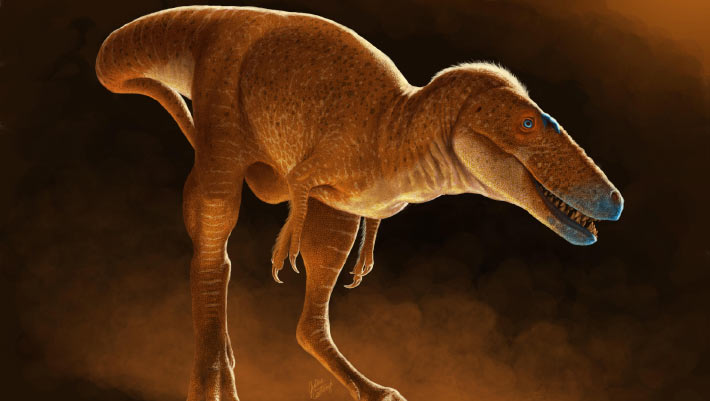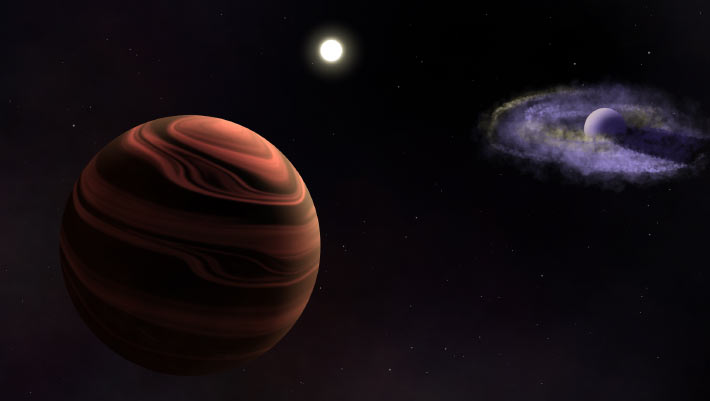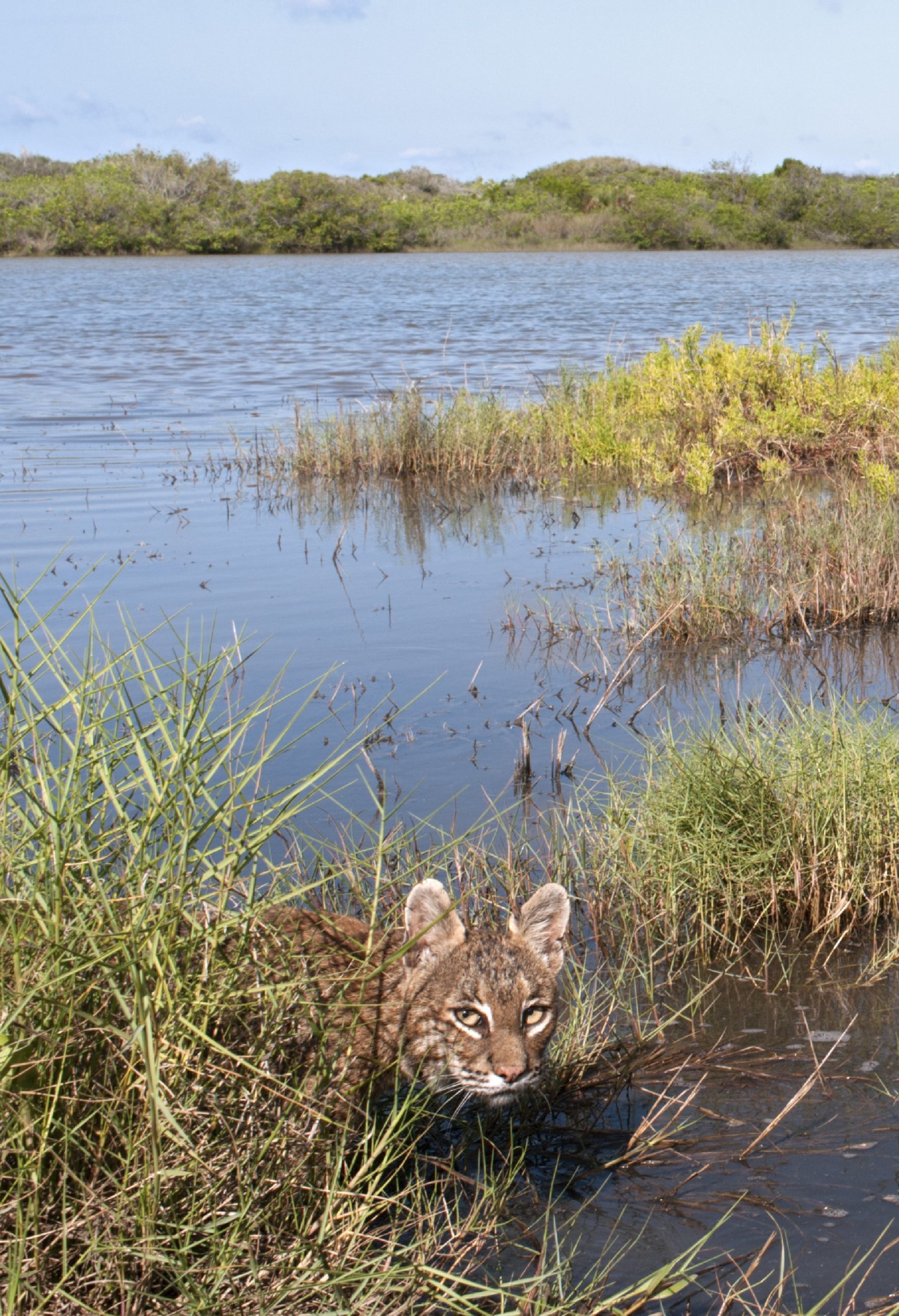Now Reading: New Tyrannosauroid Dinosaur Unearthed in Mongolia
-
01
New Tyrannosauroid Dinosaur Unearthed in Mongolia
New Tyrannosauroid Dinosaur Unearthed in Mongolia

Rapid Summary
- New species identified: Khankhuuluu mongoliensis is the closest-known ancestor to Tyrannosaurus rex and lived 86 million years ago during the Cretaceous period.
- Physical traits: Medium-sized predator, horse-sized (~750 kg), shallow skull, rudimentary horns, and lacked the bone-crunching ability of Tyrannosaurus rex. Classified as a mesopredator relying on speed and agility.
- Evolutionary significance: Represents an intermediate evolutionary stage in tyrannosaur development from small predators to apex predators. Shares traits with Eutyrannosauria clade dinosaurs.
- Finding details: Partial skeletons of two individuals were found in Mongolia’s Bayanshiree Formation in 1972-73.
- Geographic connection: Research indicates these ancestors migrated into north America via a land bridge ~85 million years ago,influencing tyrannosaur evolution there before populations later returned to Asia.
- Research publication: discovery findings published in Nature, detailing analysis by Dr. Jared Voris and Dr.Darla Zelenitsky from the University of Calgary.
Indian opinion Analysis
The discovery of khankhuuluu mongoliensis enhances understanding of dinosaur evolution, specifically focusing on tyrannosaurs’ transition into apex predators like the iconic Tyrannosaurus rex. This research highlights global interconnectedness during Earth’s prehistoric periods-the movement of species across continents via land bridges reshaped ecosystems at large scale over millions of years.
For India, located adjacent to South Asia where notable paleontological remains exist (including dinosaur fossils in regions like Gujarat’s Kutch Basin), this study underscores critical insights about shared evolutionary pathways across geographies. It also opens up broader questions regarding how ancient migrations may have influenced biodiversity globally-a topic especially relevant as India seeks greater international collaboration for excavation efforts and scientific study within its own borders.
This finding reiterates a principle rooted in science-that stepping back far enough reveals connections that transcend modern boundaries-offering lessons not only for history but for fostering unity through scientific inquiry.

























